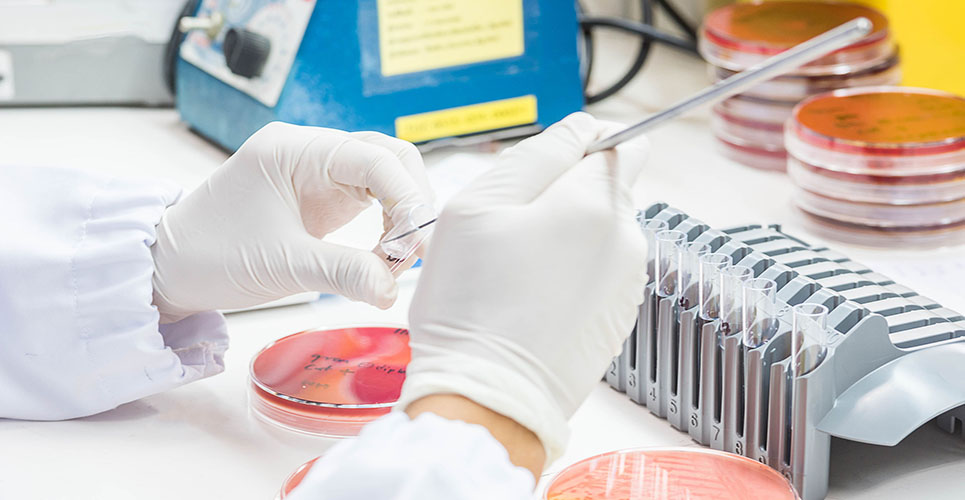teaser
Chemists have found a potentially flexible and cost-cutting method to design new drugs by creating a better way to introduce an atom that makes the compounds more effective.
Experts at Massachusetts Institute of Technology (MIT) explain that attaching fluorine atoms to the carbon aromatic rings of drugs such as rosuvastatin can be time-consuming and expensive. Drug developers use the fluorine atoms to keep the body from breaking the drugs down too quickly, ensuring their effectiveness.
The new breakthrough from MIT uses a palladium catalyst to remove a group of atoms, called a triflate, from the aromatic compound before replacing them with a fluorine atom. This new process is the first time chemists have been able to complete this procedure in a single catalytic reaction.
The process could now be used in the designing and testing of drugs or the design of new imaging components for positron emission tomography (PET) scanning.
Stephen L Buchwald, the Camille Dreyfus Professor of Chemistry at MIT, said: “It’s hard to add fluorine at a late stage, once you have a complete molecule already put together, because traditional methods can be quite harsh with respect to temperature or other factors.”
Copyright Press Association 2009

